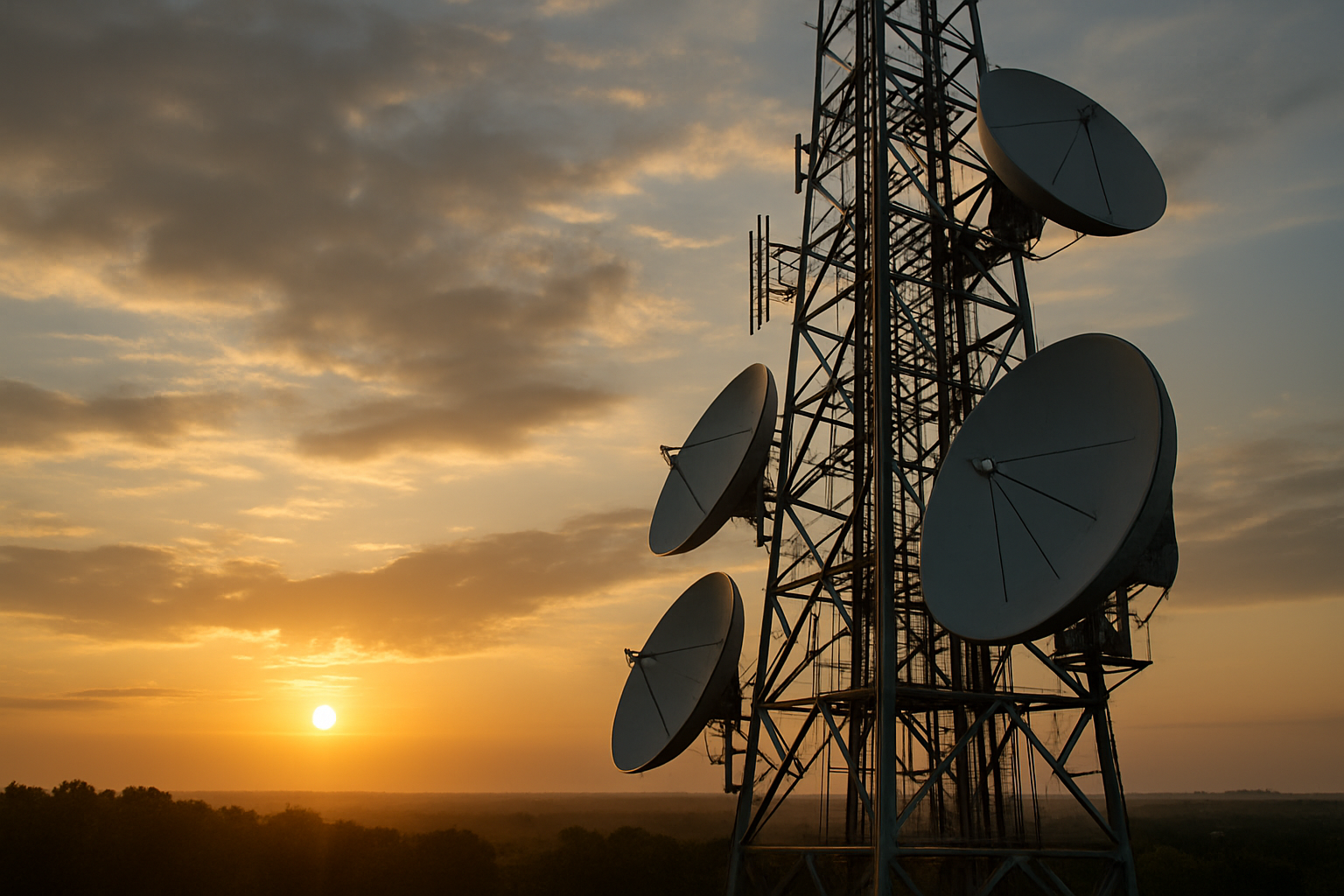Unraveling the Potential of Terrestrial Broadcasting Networks
In the ever-evolving world of telecommunications, terrestrial broadcasting networks have been a constant, yet often overlooked, component. Despite the rise of digital and satellite broadcasting, terrestrial networks continue to play a crucial role in delivering content to millions of households worldwide. This article delves into the history, current trends, and future potential of terrestrial broadcasting networks.

The Genesis of Terrestrial Broadcasting Networks
Terrestrial broadcasting networks have a rich history dating back to the early 20th century. The first radio broadcast in 1906 marked the beginning of terrestrial broadcasting, which later expanded to television in the 1930s. These networks primarily use ground-based transmitters to broadcast signals over a specific geographic area. Over the years, technological advancements have significantly improved the quality and reach of these networks.
The Current Landscape of Terrestrial Broadcasting
Despite the rise of digital and satellite broadcasting, terrestrial networks remain a vital part of the broadcasting ecosystem. They are particularly prevalent in regions with challenging geographical terrains, where satellite or cable networks may not be feasible. Moreover, terrestrial networks are often more affordable, making them a preferred choice for many households.
The Impact of Digital Terrestrial Television (DTT)
The advent of Digital Terrestrial Television (DTT) has revolutionized terrestrial broadcasting. DTT offers superior picture and sound quality, along with a wider range of channels compared to traditional analog broadcasting. It also allows for the integration of interactive services, enhancing the viewer’s experience.
Challenges and Opportunities in Terrestrial Broadcasting
Like any technology, terrestrial broadcasting faces its share of challenges. The transition from analog to digital broadcasting requires significant investment, which can be a hurdle for developing countries. Additionally, the rise of online streaming services poses a threat to traditional broadcasting methods.
However, these challenges also present opportunities. The transition to digital broadcasting opens up spectrum space, which can be used for other services, such as mobile broadband. Furthermore, terrestrial networks can leverage their existing infrastructure to offer hybrid services, combining traditional broadcasting with internet-based services.
The Future of Terrestrial Broadcasting Networks
While it’s impossible to predict the future with certainty, terrestrial broadcasting networks are likely to remain a key player in the telecommunications landscape. The ongoing transition to digital broadcasting, coupled with the potential for hybrid services, presents exciting opportunities for growth and innovation.
In conclusion, terrestrial broadcasting networks have a rich history and continue to play a crucial role in the telecommunications industry. Despite facing challenges, these networks have demonstrated remarkable resilience and adaptability, continually evolving to meet the changing needs of consumers. As we look to the future, terrestrial broadcasting networks are poised to remain a vital part of our connectivity landscape.




